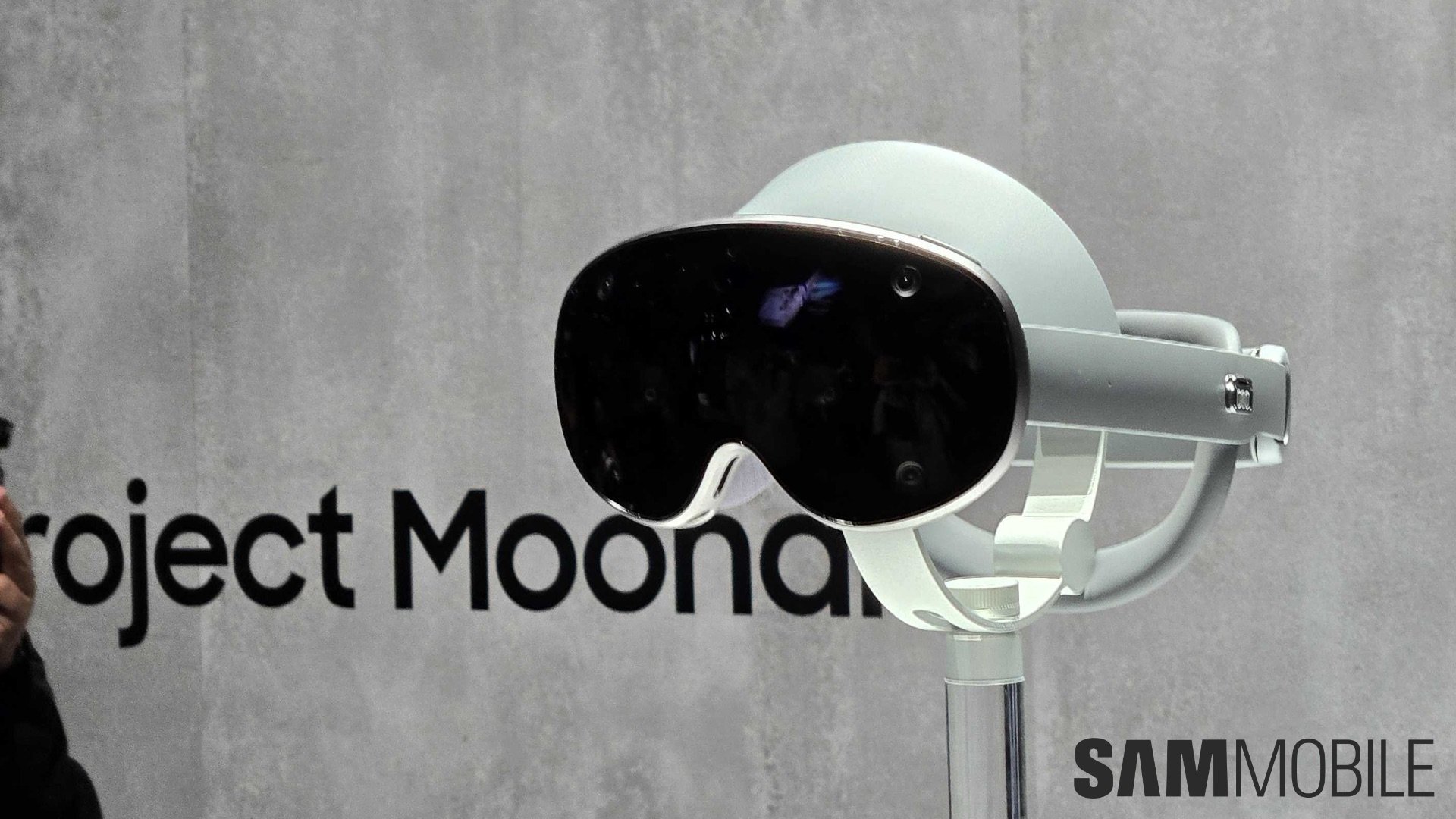Notifications
Posted by - Support KAAYXOL -
on - Wed at 2:20 PM -
Filed in - Technology -
-
19 Views - 0 Comments - 0 Likes - 0 Reviews

Earlier this year, Samsung revealed that it has been working on a new optical technology called Metalens in collaboration with Pohang University of Science and Technology (POSTECH). It has now revealed more information about it and how it can help in designing smartphones with thinner camera bumps and thinner XR headsets.
Samsung's and POSTECH's joint study titled ‘Compact Eye Camera With Two-Third Wavelength Phase-Delay Metalens' was published in Nature Communications, an internationally renowned academic journal. The study was jointly led by Samsung Research's Dr. Jeong-Geun Yun and POSTECH professor Junsuk Rho. Hyunjung Kang, a POSTECH researcher, was the co-first author for the study. Samsung did the ideation, implementation, and validation to test the study.

The metalens can manipulate light using nanostructures rather than relying on curved surfaces like traditional lenses. These nanostructures are much thinner than a human hair. Hence, devices that use a metalens can be much thinner and lightweight compraed to current-generation smartphone cameras and XR headsets.

As you can see in the image above, a metalens must create a phase delay of one wavelenght to control light precisely. This is the distance light travels in one oscillation. Phase delay ensures that light waves overlap accurately at the focal point, thereby producing a sharp image.
Typically, achieving this required tens of millions of extremely narrow and tall nanostructures with an aspect ratio of at least 1:10. These nanostructures are difficult to make and can break easily, so they were not ideal for commercialization. Samsung and POSTECH's joint team was the first in the world to propose a method of achieving light diffraction using a wavelength phase delay of two-thirds. As a result nanostructures didn't need to be as tall and narrow, so they are not as fragile as earlier.

Comparison of 1:10 and 1:5 aspect ratio nanostructures. Samsung proposed the 1:5 aspect ratio structure.
Using this technique, the joint team of Samsung and POSTECH developed an ultra-compact infrared eye camera for XR headset-like devices. Despite its thinner profile, it successfully demonstrated accurate iris pattern recognition and pupil tracking.
The team managed to make the camera 20% thinner (from 2mm to 1.6mm) compared with conventional lens cameras. It also offered precise gaze tracking and iris feature recognition at a wide angle of 120 degrees. The lens improved the modulation transfer function (MTF) performance from 50% to 72%.

Samsung says this technology will be improved further to support visible light spectrum and will be used to reduce smartphone camera bumps, resulting in thinner smartphones. The company will continue to work with researchers and use industry-academia collaborations to develop next-generation technologies that can shape products of the future.
The post Samsung’s Metalens tech can help make thinner phones and XR headsets appeared first on SamMobile.

